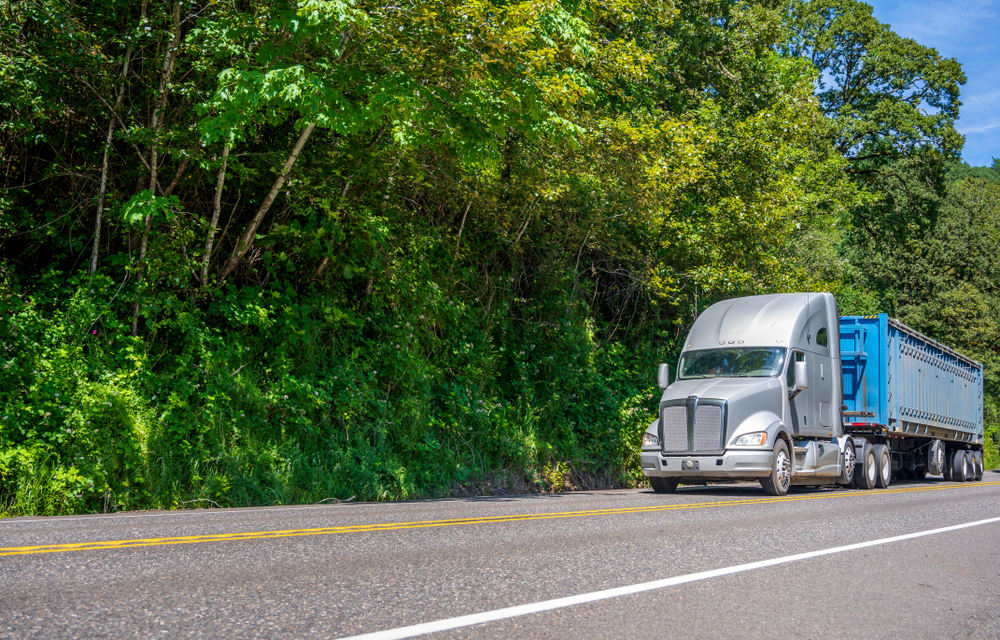
Electrification is currently not the most effective method for decarbonizing the trucking industry, according to Shelley Simpson, president of J.B. Hunt Transport Services. During her presentation at the ACT Expo in Las Vegas, Simpson outlined alternative strategies for reducing carbon emissions that are more practical and immediately impactful than relying solely on electric trucks.
Challenges of Electrification
Simpson emphasized that electric trucks are not yet economically viable for large-scale adoption. She highlighted several issues:
- High Costs: Electric trucks cost up to three times more than diesel trucks.
- Payload Penalties: They suffer from significant payload reductions ranging from 4,000 to 12,000 pounds.
- Inefficiency: Charging times and frequency diminish their productivity compared to diesel trucks.
She also cited research from the American Transportation Research Institute, noting that the U.S. would need 40% more electricity than currently generated to charge an all-electric fleet of cars and trucks. The energy required to fast-charge a single electric truck is equivalent to powering 600 homes.
Three-Pronged Approach to Decarbonization
Instead of relying on electric trucks, J.B. Hunt has committed to reducing its carbon emissions by 32% by 2032, compared to a 2019 baseline. The company has already achieved a 16% reduction, primarily through:
- Biogenic Fuels: Utilizing biodiesel, renewable diesel, and renewable natural gas, which currently make up 24% of J.B. Hunt’s fuel sources.
- Modern Fleet: Maintaining a younger fleet with an average age of 2.23 years, compared to the national average of 5.5 years, to ensure top-tier fuel efficiency.
- Technological Enhancements: Implementing speed limiters, automated transmissions, and other fuel-saving technologies to maximize efficiency.
Customer Engagement and Regulatory Challenges
Simpson discussed the importance of educating customers about the environmental impacts of various fuel sources. She pointed out that the carbon footprint of manufacturing electric trucks can be four to five times higher than that of diesel trucks. Additionally, generating and distributing the electricity for these trucks further diminishes the expected environmental benefits.
She also expressed concerns about the misalignment of state and federal regulations. For instance, California’s Advanced Clean Fleets rule and the EPA’s Phase Three GHG standards have different timelines, creating operational challenges for interstate trucking.
Innovation and Future Prospects
Despite the current limitations of zero-emissions technology, Simpson remains hopeful about future advancements. She advocates for a balanced approach that encourages innovation across all sectors, including technology, policy, and market forces. By focusing on immediate, practical solutions like biogenic fuels and optimizing current technologies, Simpson believes the trucking industry can make significant strides in reducing emissions while waiting for zero-emissions technology to become economically feasible.
Source:











Leave a Comment